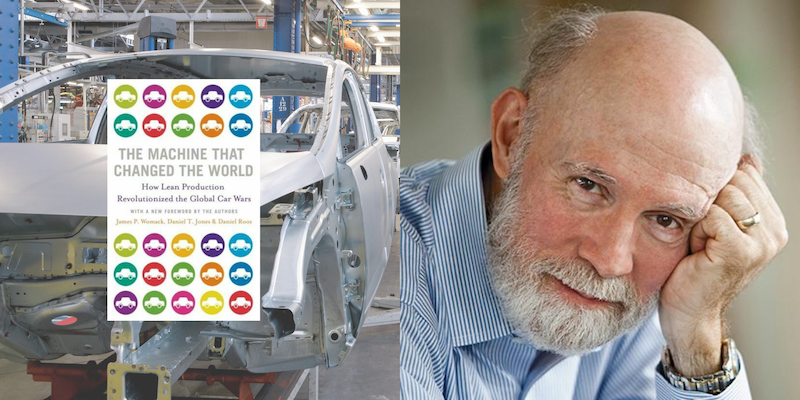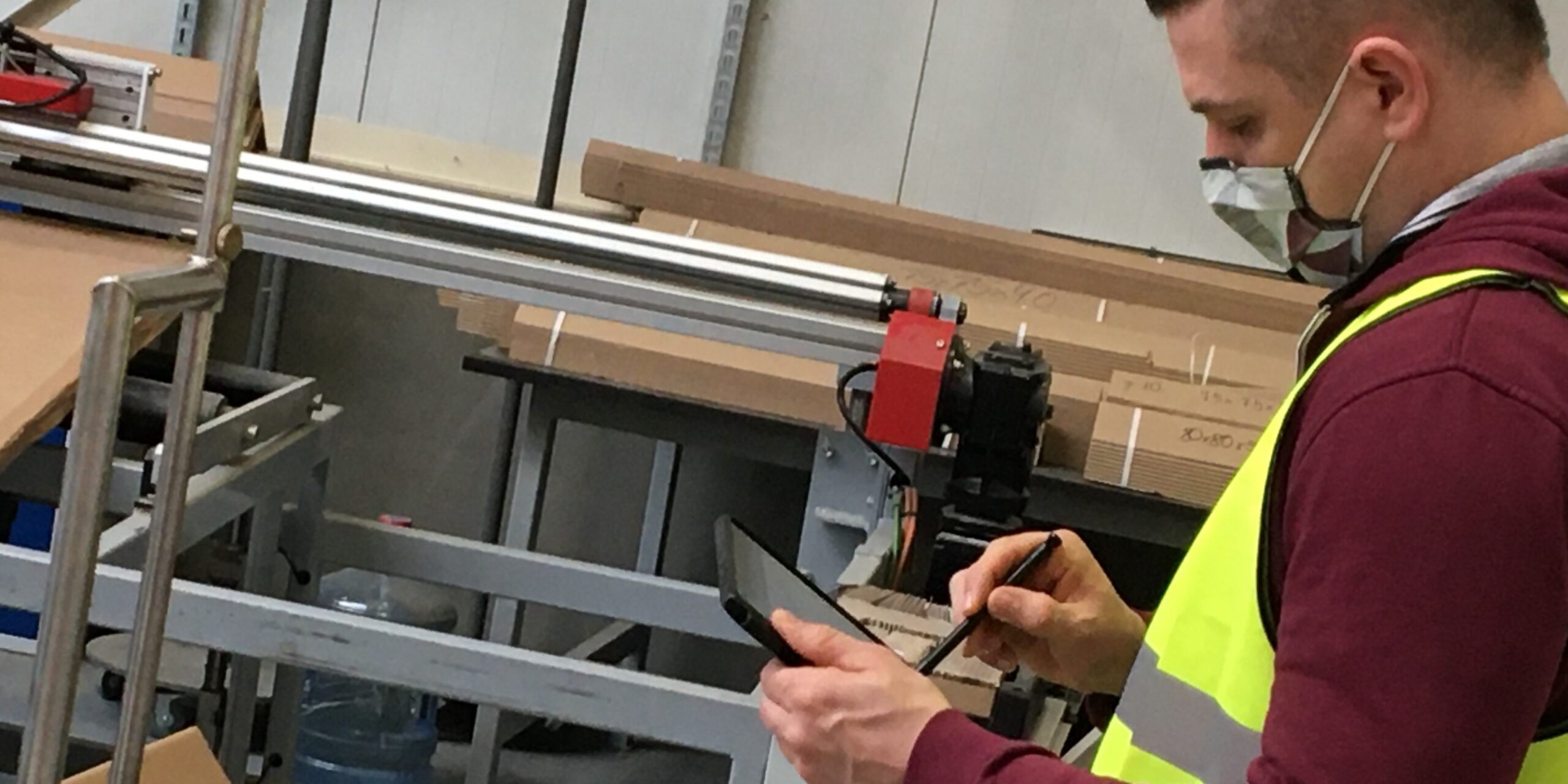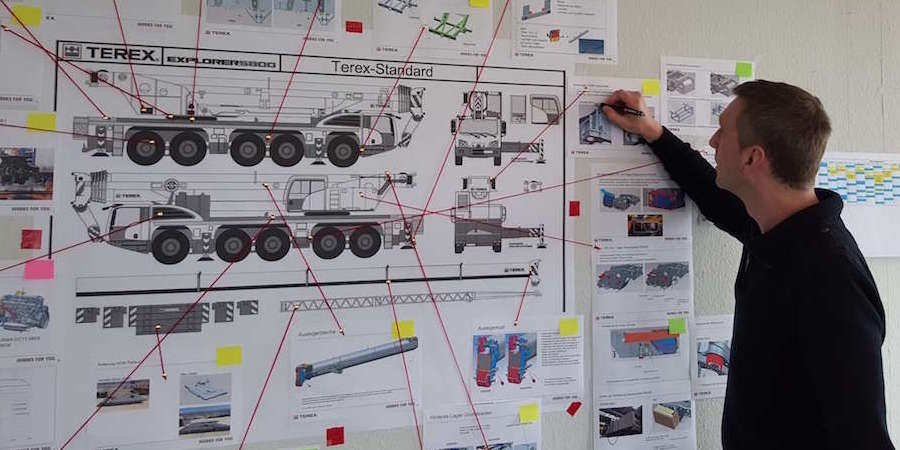
Build trust and enjoyable work to get employee engagement
RESEARCH - Offering us a glimpse into how the human mind works and into Toyota's approach to people engagement, this article tells us how to create a better working environment for our employees.
Words: Jeff Liker and Michael Ballé
These days we are deluged with articles about the lack of people engagement at work; at the same time evidence is emerging that a high level of engagement is more important to make today’s employee satisfied with the job than salary itself.
Indeed, according to Gallup, it seems that employee engagement is at an all time low with only 30% of US employees showing up to work committed to deliver their best performance. The situation seems to be even worse in other industrialized countries. Gallup estimates that the resulting loss of productivity for the US economy is somewhere between $450 billion and $550 billion. Staggering.
Decades ago psychologist Frederick Herzberg, the father of job enrichment, found that salary, status, and the physical environment can cause dissatisfaction if we feel we are not being treated fairly or have poor working conditions, but that giving us more and more of these extrinsic rewards does not make us more satisfied.
The motivators that keep us satisfied at work, instead, are inherent in the work itself - challenge, engagement, and sense of excitement. It seems that we are rediscovering that lesson and that perhaps the new generation of workers cares about meaningful work more than their grandparents and parents did.
The key to customer satisfaction is employee satisfaction – this is a core tenet of the Toyota Way, Toyota’s management methodology, which we have been studying for the past 20 years (as well as “lean” attempts to replicate this approach out of the automotive industry). In practice, in order to seek the customer’s smile, you must first seek the employee’s smiles. How? Employee satisfaction sounds rather like military music or management science – intellectually possible, but a contradiction in practice.
But it may be an unavoidable effect of these times of change, with ever more financial pressures on costs, ever larger too-big-to-fail corporations, and ubiquitous IT systems that define work in minute detail only to then perform as... well, as IT systems do.
Based on our long-term commitment to researching Toyota, we can at least conclude that the company is indeed serious about employee engagement. Respect for people has been a mainstay of its business model for as long as we can tell (the first publication mentioning it dates back to 1977, but it’s been a core value in the company for much longer). Linking corporate destiny to individual fulfilment is undoubtedly Toyota’s ideal, but doing it in practice is really hard. Toyota is not a fun-and-fast high tech start-up but, on the contrary, the archetype of the global industrial concern with all that this entails in terms of bureaucracy, manufacturing sites, and steep hierarchies.
How does the company go about pursuing this lofty goal, then?
Practically, rather than inventing enjoyable work from scratch, Toyota’s approach is to try to take away the least enjoyable aspects of work from every job, through the development of what they call “mutual trust”.
This means, at first, developing the employees’ confidence in their ability to do the job well, then their confidence in the fact that - no matter what difficulties they encounter - they will be treated fairly by their supervisor (and the company at large), and finally their confidence in the competence of their executive officers and in the fact that they care.
In practice, this means working with every employee so that 1) they can tell immediately a good job from a bad job from their customer’s perspective (the subsequent step in the process), 2) they are perfectly clear on their own work process so that they can move from one step to the next with confidence and, 3) at every step they have the means to distinguish good work from bad. For this system to work, managers have to create an environment where employees can 4) call whenever they have a doubt about the quality of their own work and, when a recurring problem is identified, where they can 5) be involved in the problem solving process so as to contribute directly to the improvement of their working environment.
The argument is that getting these five points right leads to an increased sense of pride in and responsibility for their work, as well as to opportunities for initiative and recognition – all key factors of enjoyable work.
Toyota developed its approach empirically over several decades. The question we asked ourselves was: in order to apply this in other contexts, what could possibly explain the link between such a nuts-and-bolts approach to work and making the work enjoyable? It turns out that Toyota’s outlook is consistent with the common view of how our mind works, emerging out of cognitive psychology.
Following up on the seminal work of Amos Tversky and Daniel Kahneman, cognitive psychologists consider that our minds run two systems in parallel. System 1 is the fast, automatic response system, while System 2 is slower, deliberative and reflexive. System 1 is emotional and intuitive. System 2 assesses and computes. System 1 explains our knee-jerk reactions based on stereotypes. System 2 explains that we can calculate probabilities and investigate the hidden secrets of nature scientifically.
System 1 works very comfortably (even pleasurably) in situations without any ambiguity and where the path is clear. Using System 2 to solve puzzles can also be enjoyable if there is no rush or pressure and if System 1 is not trying to emotionally hijack the mind into a fight-flee-freeze response. Essentially, what Toyota’s approach to work does is clarifying routine work for System 1 to perform smoothly, the equivalent of driving on the right side of the white line on a road and not having to worry about cars coming at you as one does on small country lanes. Then it clarifies the difference between normal and abnormal situations (the equivalent of drawing the white line) visually. Finally, it creates a clear environment (called “kaizen”) for employees to use System 2 in solving obstacles smoothly.
Practicing this on a daily basis creates the further benefit of engaging employees in their work by tackling step-by-step work issues and developing their problem solving capabilities, as well as involvement when they solve problems with their team mates and with the help of their frontline management. Furthermore, whereas it’s difficult to recognize someone for “just doing their job” no matter how well they do it, it’s much easier for management to praise and recognize involvement in improvement efforts to make the job smoother or to tackle previously unaddressed customer or technical issues.
Following a longitudinal study, psychologist Mihaly Csikszentmihalyi has proposed that we feel optimal experiences when we’re immersed in “flow”, performing an activity fully immersed in a feeling of energized focus, full involvement and enjoyment of the activity. This elusive “flow feeling” is found when the right balance is struck between perceived competence and perceived challenge – when we feel mastery of the task with just enough challenge to keep it interesting (think crossword puzzle – if it’s too easy it’s boring, it it’s too hard we give up, but when it’s just right time simply flies). By clarifying goals with direct feedback and creating a dynamic of continuous elimination of obstacles to smooth work, Toyota aims to create the conditions of flow in the most routine jobs.
We believe that creating better working environments for more enjoyable work is absolutely possible, but the lessons of both cognitive psychology and Toyota practice are that leaders have to change their minds: rather than seeking high level process or social designs, leadership should start from the ground up and immerse themselves in understanding the details of the work.
If they start with every employee, they have to look at how their working environment is structured. They must determine whether they feel part of a stable team and what their social environment looks like from their perspective. Most importantly, they must look at how they feel about their immediate supervisor (people join companies and quit their boss). This way, leaders will see an immense scope for improvement, regardless of the situation or culture they start with. You don’t change the culture by issuing “value statements”, but by creating the hands-on tools for change at the front line.
THE AUTHORS


Read more


INTERVIEW – Thirty years ago, a book introduced lean thinking to the world, started a global movement and transformed business forever. Our editor caught up with one of the authors.


FEATURE – Day after day, groundbreaking technological advances are dramatically changing industry. It is clear that we are now experiencing a new industrial revolution, but what’s the role of lean thinking in this Digital Age?


FEATURE – During a recent Jishuken workshop, Poland-based Schumacher Packaging experimented with a newly-developed App to quickly create standardized work instructions at the gemba.


NOTES FROM THE GEMBA – In the past 15 months Terex Cranes has successfully initiated a lean transformation. Follow Catherine Chabiron on her gemba walk to see what this large company is doing to put learning at the heart of its activities.

